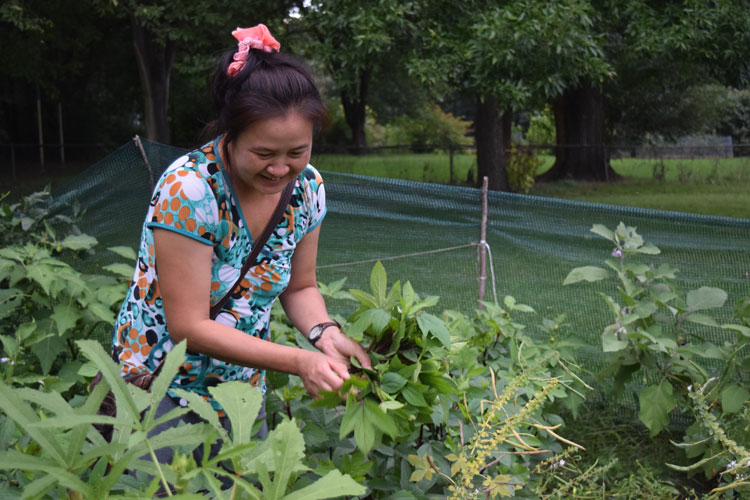
Villages are located in small clearings in the forest. Houses are built completely of bamboo and thatch. A close stream or river offers a place for villagers to wash, bathe, and collect drinking water. Life follows a seasonal pattern of planting and harvesting rice.
Most Karen people are subsistence farmers, living in small mountain villages. Traditionally they grow rice and vegetables while also raising animals. Also common are Karen farmers who cultivate “hill rice”. Roles are often split, the men work in the fields. And women do housework which often includes cleaning, cooking, collecting the water, and gathering firewood. Women can also work in the fields.
The Burmese military attacks Karen villages, particularly in the dry season, each year. Burning down villages and destroying rice stocks and supplies that provide villagers the basic needs to survive. If the villagers are able to escape, they hide in nearby forests as Internally Displaced People (IDPs), a tough and difficult life to live. It is common for Karen people to have been an IDP several times in their life. As a result, many Karen families and children become malnourished and infected with malaria. They often return to their villages when the Burmese army leaves the area.


 (651)788-7593
(651)788-7593


